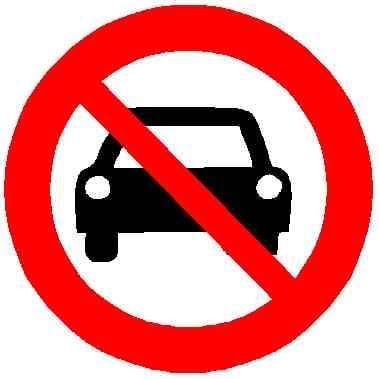Tramlines, particularly in the capitalist west of the divided city, were ripped out to make way for motorists, and bicycles were muscled out of the main traffic arteries. The autogerechte Stadt (car-friendly city) was born.
Fast forward 80 years and the dream of carefree individualised transport has regained a stronghold in the German capital. In fact, as cities like Paris, Amsterdam and Copenhagen embrace increasingly climate-, bicycle- and pedestrian-friendly policies, critics say Berlin is zooming full-throttle in reverse.
This month, the city announced – to great fanfare – a drive to plant 1m healthy trees lining the streets by 2040 to help absorb emissions at a cost of €3.2bn. However, experts were quick to point out the irony that rigid road laws may stand in the way, requiring zoning permission for each new sapling.


The thing with these kind of changes, like bike-friendly infrastructure, is that it happens so glacially slow that it is often invisible to the naked eye. But it happens. Take a city like Munich and compare photos of roads now and 20 or 30 years ago, and you see how much changed.
But there is no question that we need to go faster.